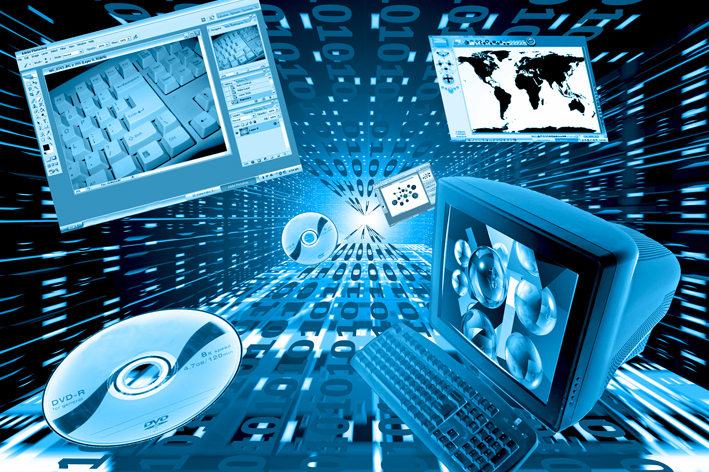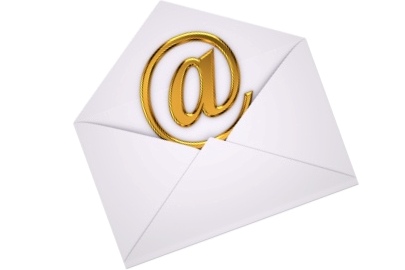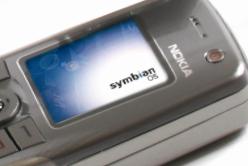Information archaeology
While some information is old in minutes, there’s plenty of information in your organisation you need to keep for many years. Take action now, or older file formats could be unreadable.


And then there's in-house applications. You might be able to import the data from an app written in a DOS version of FoxPro, but could you get the custom code that generates reports working?
Finding solutions
The best answer so far is to virtualise the operating system and applications needed to open the files. Natalie Ceeney says the vast majority' of government information is in Microsoft formats, so the National Archives worked with Microsoft to develop a system to make documents in older versions easily accessible in their original format.
It uses Virtual PC 2007 to run all previous versions of Microsoft Office on Windows 3.1, Windows 95, Windows 98 and Vista as required, on a single PC.
"Today it's reasonably simple to convert a document to the latest versions of the Office file format," she points out. "This is also about protecting the digital integrity of the document and making sure it can still be viewed and seen the way it was intended."
Email archiving is a related problem. For one thing, PST archives on individual hard drives aren't easy to search or even to find. As James Blake, product manager for email archiving service Mimecast, puts it: "That's all the intelligence of your business spread across the world and scattered among road warriors who may or may not lose laptops or have them stolen."
There's the same file format issue with attachments, and you can also run into problems with archiving messages from Exchange, says Blake. "In the last ten years we've gone through Exchange 5, Exchange 5.5, Exchange 2000, 2003 and now 2007. Over a ten year retention period, you have to manage the migration of all these different email platforms and the underlying stored data in your archive. If I archived my data on a previous version and I'm now on Exchange 2003, I have no way to import that data to examine it. You have to install Exchange 5.5 or upgrade the data to an intermediate format."
Get the ITPro daily newsletter
Sign up today and you will receive a free copy of our Future Focus 2025 report - the leading guidance on AI, cybersecurity and other IT challenges as per 700+ senior executives
With that in mind, Mimecast's reads in email that arrives as SMTP as well as the native Exchange format and stores it in a custom XML format that splits the message into component parts. "The whole message is cryptographically hashed so we can prove when we rebuild the message that it hasn't been tampered with. If it's been forwarded to one person without the original attachment we can single instance store that and note how it was forwarded. We also store notes on how business processes like approvals and scanning have changed a message."
The XML format is more efficient for searching. Blake claims you can search ten years of email using the Mimecast Outlook plug-in faster than you can search a local PST. And speed matters to your users more than the cost of tape versus hard drives: "People are emailing themselves documents so they know in five to 10 years they can get them back in seconds, as opposed to internal backups on tape where they have to wait three to four hours for the tape to come back on a truck from Iron Mountain and then wait again for you to load the tape."
Mary is a freelance business technology journalist who has written for the likes of ITPro, CIO, ZDNet, TechRepublic, The New Stack, The Register, and many other online titles, as well as national publications like the Guardian and Financial Times. She has also held editor positions at AOL’s online technology channel, PC Plus, IT Expert, and Program Now. In her career spanning more than three decades, the Oxford University-educated journalist has seen and covered the development of the technology industry through many of its most significant stages.
Mary has experience in almost all areas of technology but specialises in all things Microsoft and has written two books on Windows 8. She also has extensive expertise in consumer hardware and cloud services - mobile phones to mainframes. Aside from reporting on the latest technology news and trends, and developing whitepapers for a range of industry clients, Mary also writes short technology mysteries and publishes them through Amazon.
-
 Cleo attack victim list grows as Hertz confirms customer data stolen
Cleo attack victim list grows as Hertz confirms customer data stolenNews Hertz has confirmed it suffered a data breach as a result of the Cleo zero-day vulnerability in late 2024, with the car rental giant warning that customer data was stolen.
By Ross Kelly
-
 Lateral moves in tech: Why leaders should support employee mobility
Lateral moves in tech: Why leaders should support employee mobilityIn-depth Encouraging staff to switch roles can have long-term benefits for skills in the tech sector
By Keri Allan
-
 Microsoft to open up Outlook data
Microsoft to open up Outlook dataNews Microsoft will release documentation for the .pst data format, so third-parties can work with Outlook data.
By Nicole Kobie
-
 Taking Symbian open source
Taking Symbian open sourceIn-depth Nokia's purchase of Symbian, and promise to take it open source, means three quarters of the world's smartphones could soon be running free software.
By Richard Hillesley
-
 IBM aims for data centre standards
IBM aims for data centre standardsNews A new alliance is looking to create open standards and interoperability for data centre vendors.
By Nicole Kobie